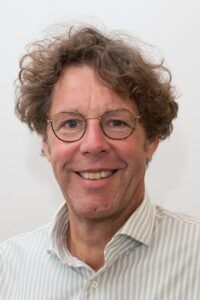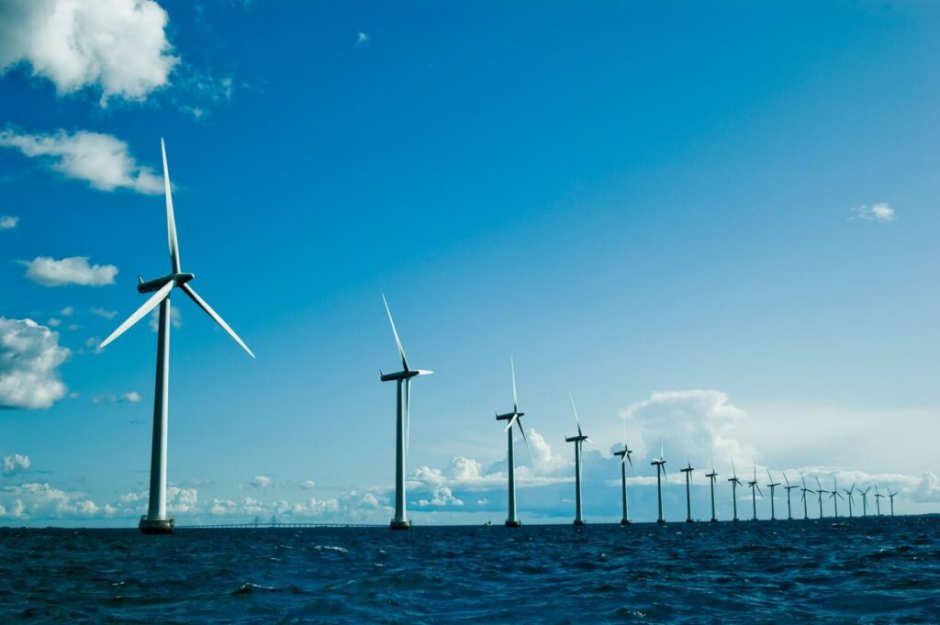The Dutch Climate Agreement stipulates that two-thirds of all electricity must come from renewable sources by 2030. The Netherlands is taking several measures to make this happen, such as taxation of CO2emissions and reducing the use of gas… However, two factors are in getting the way of achieving our climate goals.
The power grid is maxed out
Companies are asking for ever larger connections, for example because they want to replace the use of fossil fuels with electricity – so-called ‘electrification’. The Netherlands’ Consumer & Market Authority wants grid managers to connect large-scale consumers within 40 weeks – if there is sufficient transport capacity available in a given area. For small-scale consumers (up to 3×80 Ampere) a maximum period of 18 weeks applies. Upgrading a connection in the home, in order to connect a charging station, heat pump or solar panels, must be done within 12 weeks. However, according to the RVO, it is increasingly difficult for, for example, solar energy project initiators to connect projects to the grid. Obtaining a new connection can take more than a year.

According to grid manager Alliander, the current power grid needs to at least double in size to meet rapidly growing demand. Liander, Enexis and Stedin indicate that connecting renewable energy sources is becoming increasingly difficult. This situation is not likely to improve in the short term, and as a result the Netherlands is in danger of missing its sustainability targets.
Expanding the power grid introduces enormous costs, infrastructural impact, logistical challenges, and inconvenience for citizens and businesses. We are also facing a considerable shortage of trained electrical engineering professionals. Expansion is clearly not a feasible short-term solution. What can offer a solution in the short term, however, is getting much more out of existing systems in a safe, smart and sustainable way. By ‘inspanding’ (as opposed to ‘expanding’) capacity can be created behind transformer(s) in electrical installations.
There are insufficient possibilities to store energy
To meet the climate targets, increasing the use of renewable energy sources and reducing fossil fuels are essential. The increase in renewable energy makes matching supply and demand increasingly important. The amount of energy produced using sun and wind varies greatly, not only from hour to hour but also between seasons. This energy cannot always be used right away, but to a growing extent it cannot be offered to the grid operator because there is no capacity.
During the day, the demand for electricity varies continuously. In industrial production plants, huge peaks in demand occur during the day and at night. As electric cooking, heating and driving increase, we will see huge demand peaks in residential areas in the early evening.
Storage of sustainably generated electricity plays an important role in the energy transition. Systems that store electrical energy for later use unburden the electricity network and ensure greater flexibility and reliability. Supply and demand can be matched in a way that is as energy-efficient as possible. In business parks, for example, storage can ensure ongoing power during outages. In solar parks, inefficient peak loads can be counteracted. Energy generated by wind turbines can be stored and sent to the grid when demand is highest. In response to the draft Climate Policy Programme, the Dutch grid operators have called for the abolition of the net metering scheme for solar panels and the subsidization of home battery storage. They see this as an important part of the solution to current grid congestion.
Congested grids and storage require collaboration between (local and national) government, industry, grid managers and electrical engineering experts. Only through smart policy and targeted investment will it be possible to achieve our climate targets.
